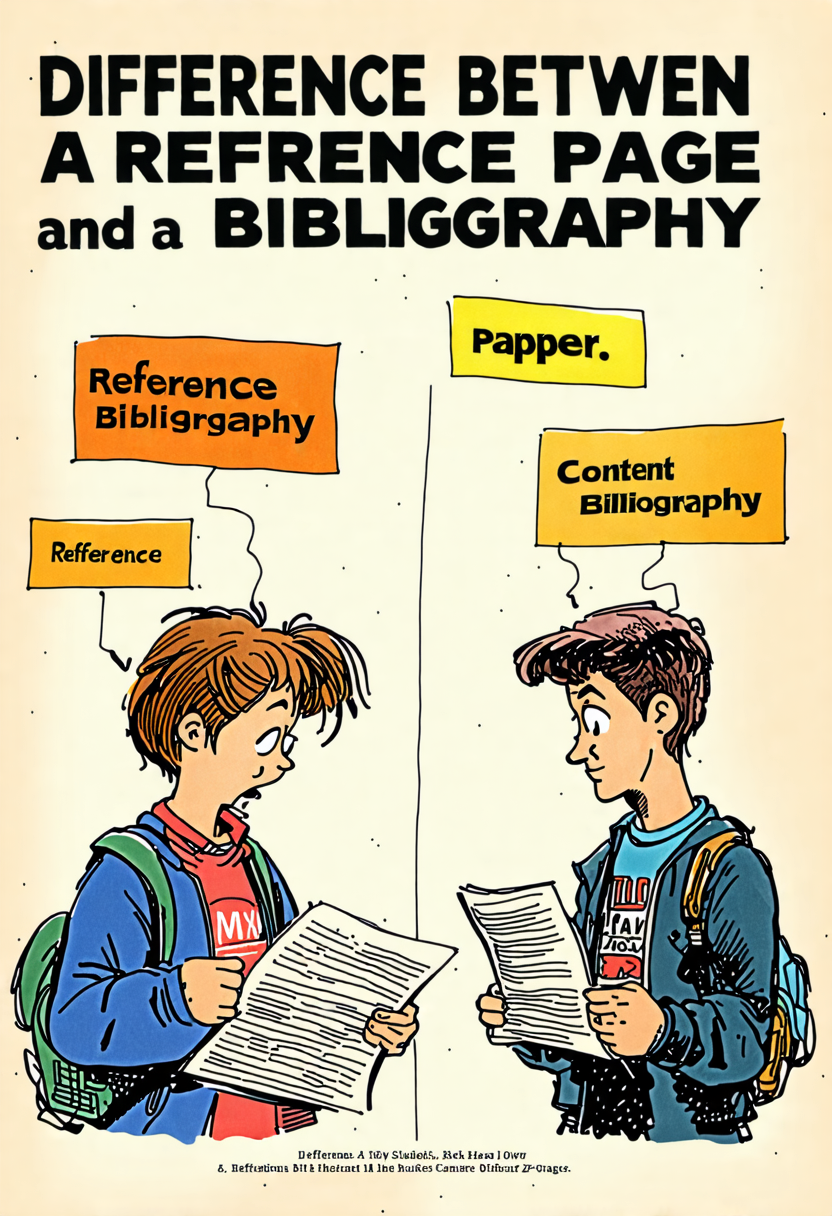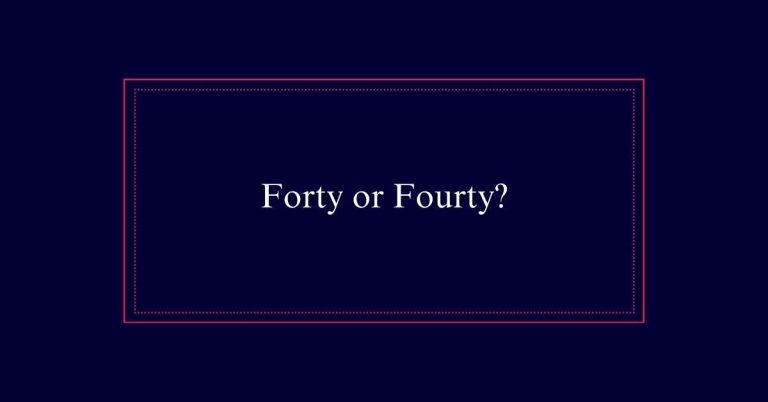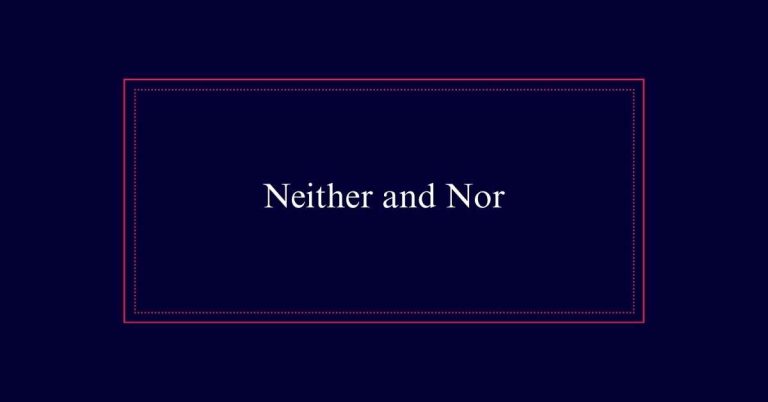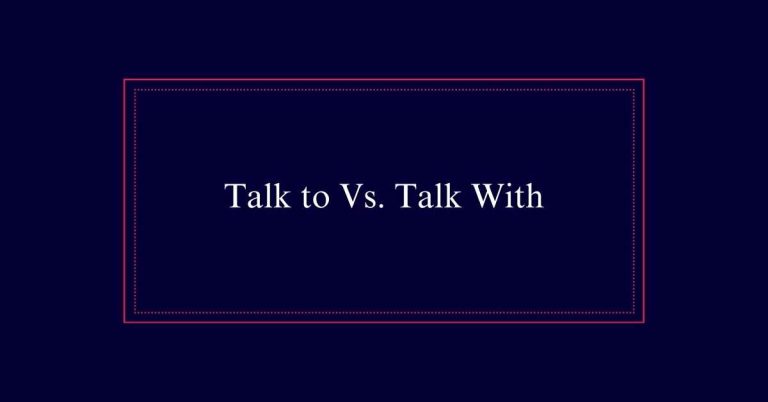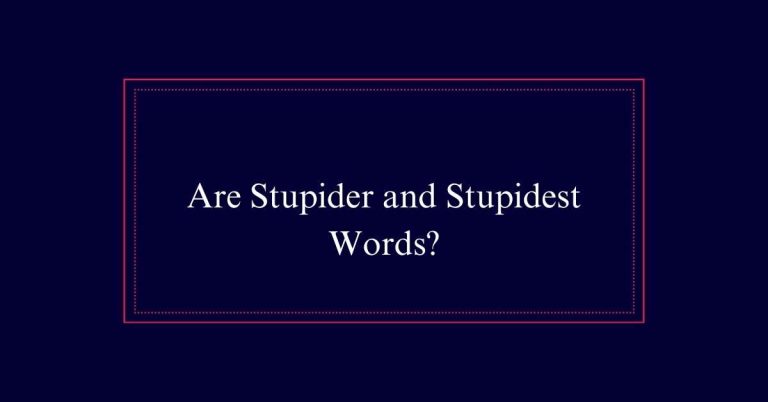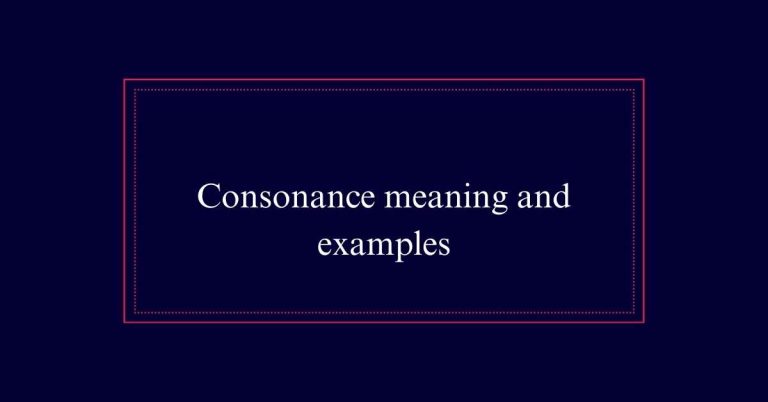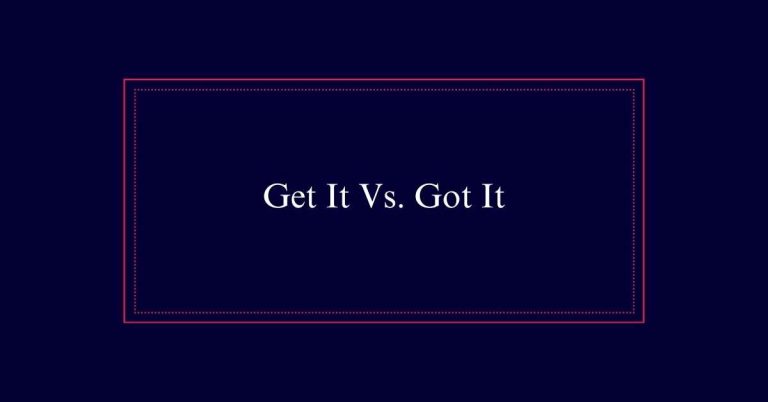What is the difference between a reference page and a bibliography?
A reference page and a bibliography differ in academic writing by the types of sources they list. A reference page includes only the works directly cited within the text of the paper.
In contrast, a bibliography lists all the sources consulted during the research process, whether cited or not. Both credit original authors and help readers locate sources to avoid plagiarism.
For instance, APA formatting uses a ‘Reference’ page, while the Chicago style uses a bibliography that may include additional sources. Understanding these distinctions can enhance the credibility and depth of your research.
Definition and Purpose
A reference page and a bibliography both serve the essential purpose of listing sources used in a scholarly paper.
A reference page, often used in APA format, includes sources directly cited in the text.
In contrast, a bibliography, commonly used in Chicago style, lists all sources consulted, whether cited or not.
Both formats credit original authors and enable readers to locate sources. They also demonstrate the depth of research and support the credibility of arguments presented.
By acknowledging intellectual property rights, they help avoid plagiarism.
The naming conventions and specific formatting rules differ, but the main purpose remains the same: to provide a thorough list of resources that underpin the research.
APA Reference Page
In APA format, the reference page is an essential element that lists all sources cited within the text. It guarantees that readers can locate the original sources, enhancing the credibility and depth of the research.
The reference page should follow strict formatting rules to maintain consistency and professionalism.
- Title: Bold and center the title ‘References’ at the top of the page.
- Spacing: Double-space the entire page, including between entries.
- Indentation: Use a hanging indent of 0.5 inches for each entry.
- Order: Organize entries alphabetically by the last name of the first author.
Chicago Bibliography
The Chicago bibliography is a critical component that lists all sources consulted during the research process. Unlike a reference page, a bibliography includes every source reviewed, not just those cited in the text. This approach highlights the depth of research and provides a thorough list for further reading.
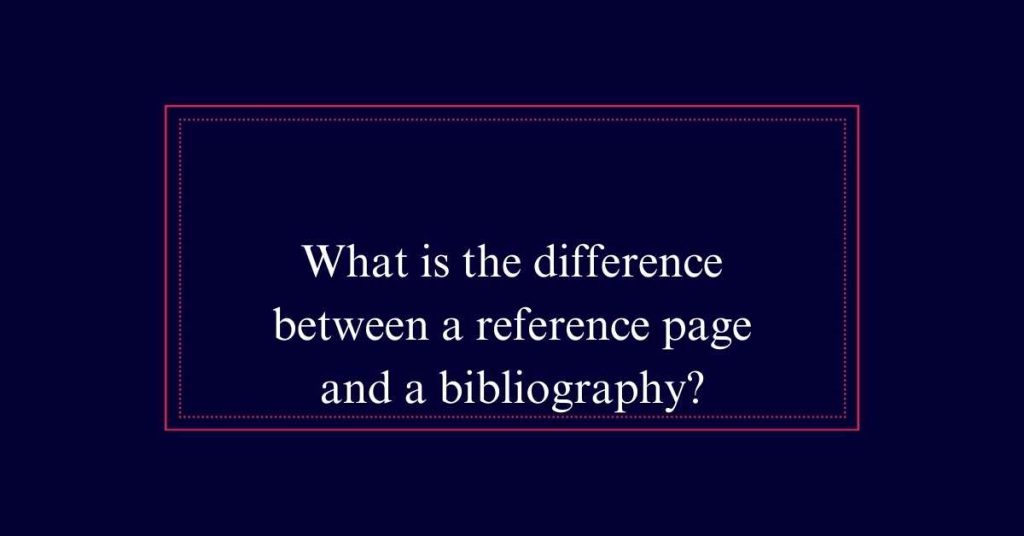
Chicago style requires specific formatting: 1-1.5 inch margins, consistent page numbers, double spacing, and a hanging indent of 0.5 inches. Author names are inverted, and titles use headline case. Entries are organized alphabetically by the author’s last name.
Properly formatted bibliographies support academic integrity and offer readers a clear path to verify sources, thereby enhancing the credibility of the research work.
Source Listings
Understanding how to list sources correctly is fundamental for both reference pages and bibliographies. The way sources are listed can impact the reader’s ability to locate the original materials and assess the credibility of the work.
For accurate source listings, follow these key points:
- Author Information: List the author’s last name first, followed by initials or full names as required.
- Title of Work: Include the full title of the source in italics or quotation marks, based on the citation style.
- Publication Details: Provide publication information such as the publisher, year of publication, and place of publication.
- Order and Formatting: Make sure entries are alphabetized by the author’s last name and use a hanging indent format.
Citation Style Naming
Different citation styles have unique naming conventions for reference lists and bibliographies. For instance, the American Psychological Association (APA) style uses the term ‘Reference Page’ to denote a list of sources cited within the text.
In contrast, the Chicago Manual of Style often refers to this list as a ‘Bibliography,’ which can include both cited and consulted sources. These naming conventions help distinguish the scope and purpose of each list.
APA focuses on direct citations, while Chicago can encompass a broader range of materials. Understanding these differences is essential for adhering to the correct style guidelines and ensuring proper academic documentation.
Crediting Authors
Crediting authors is essential to respect intellectual property and maintain academic integrity. Properly crediting authors guarantees that their contributions are recognized and valued. This practice helps prevent plagiarism and supports a culture of honesty in academic and professional settings. It also allows readers to trace the origins of ideas and verify sources.
- Acknowledgment: Recognizes the original work of authors.
- Trust: Builds credibility and trust in your work.
- Transparency: Provides clear evidence of the research foundation.
- Legal Compliance: Fulfills ethical and legal obligations to attribute sources.
Locating Sources
Locating sources involves identifying and accessing relevant materials that support and enhance your research. This process includes finding books, journal articles, websites, and other references that provide credible information. Effective source location requires utilizing various tools and strategies, such as library databases, online search engines, and bibliographies from related works.
| Source Type | Where to Find | Example Tools |
|---|---|---|
| Books | Libraries, Online | Library Catalogs |
| Journal Articles | Academic Databases | PubMed, JSTOR |
| Websites | Search Engines | Google Scholar |
| Reports | Government Websites | US Census Bureau |
Research Depth
An all-encompassing approach to research involves not only locating sources but also guaranteeing the depth of the information gathered. Depth in research strengthens the credibility and quality of the work. It demonstrates exhaustive understanding and thorough investigation. A well-curated reference page or bibliography is proof of this thoroughness.
- Variety of Sources: Include books, journal articles, websites, and interviews.
- Current and Relevant: Ensure sources are up-to-date and directly related to the topic.
- Primary and Secondary Sources: Utilize both for a robust analysis.
- Scholarly vs. Popular: Differentiate between academic and non-academic sources for balanced perspectives.
These elements reflect the meticulous effort put into gathering and analyzing information, highlighting the research’s thoroughness.
In-text Citations
In-text citations are essential for directly attributing sources within the body of your research paper. They help readers identify the original sources of information or ideas mentioned.
In APA format, in-text citations typically include the author’s last name and the year of publication. For example, (Smith, 2020). In Chicago style, footnotes or endnotes are often used instead. Proper in-text citations correspond to full entries on the reference page or bibliography. This guarantees that readers can locate the complete details of the sources cited.
In-text citations are necessary for both direct quotes and paraphrased information, making them a vital component in maintaining academic integrity and supporting your research’s credibility.
Avoiding Plagiarism
Proper citation practices are essential to avoiding plagiarism in academic writing. Plagiarism, the act of using someone else’s work without giving proper credit, is both unethical and a violation of intellectual property rights. To ensure you are not committing plagiarism, adhere to established citation guidelines.
Use In-Text Citations: Include an in-text citation whenever you quote or paraphrase.
Create a Reference Page/Bibliography: List all sources you cited or consulted.
Paraphrase Correctly: Reword ideas in your language while still giving credit.
Quote Accurately: Use quotation marks and cite the source for direct quotes.
Frequently Asked Questions
How Do You Format a Hanging Indent?
To format a hanging indent, set the first line of each reference flush left and indent subsequent lines by 0.5 inches. In most word processors, this can be adjusted under paragraph settings or format options.
What Are the Common Mistakes in Creating a Reference Page?
Common mistakes in creating a reference page include incorrect author order, improper title formatting, inconsistent citation styles, missing publication details, and not using a hanging indent. Always proofread to ensure adherence to citation guidelines.
How to Handle Multiple Works by the Same Author?
To handle multiple works by the same author, list them chronologically by publication date. In APA format, repeat the author’s name for each entry. In Chicago style, use a 3-em dash for subsequent entries.
Are There Differences in Electronic and Print Source Citations?
Yes, there are differences in citing electronic and print sources. Electronic sources often require a retrieval date and URL, while print sources need publisher information and page numbers. Each citation style has specific guidelines for both types.
